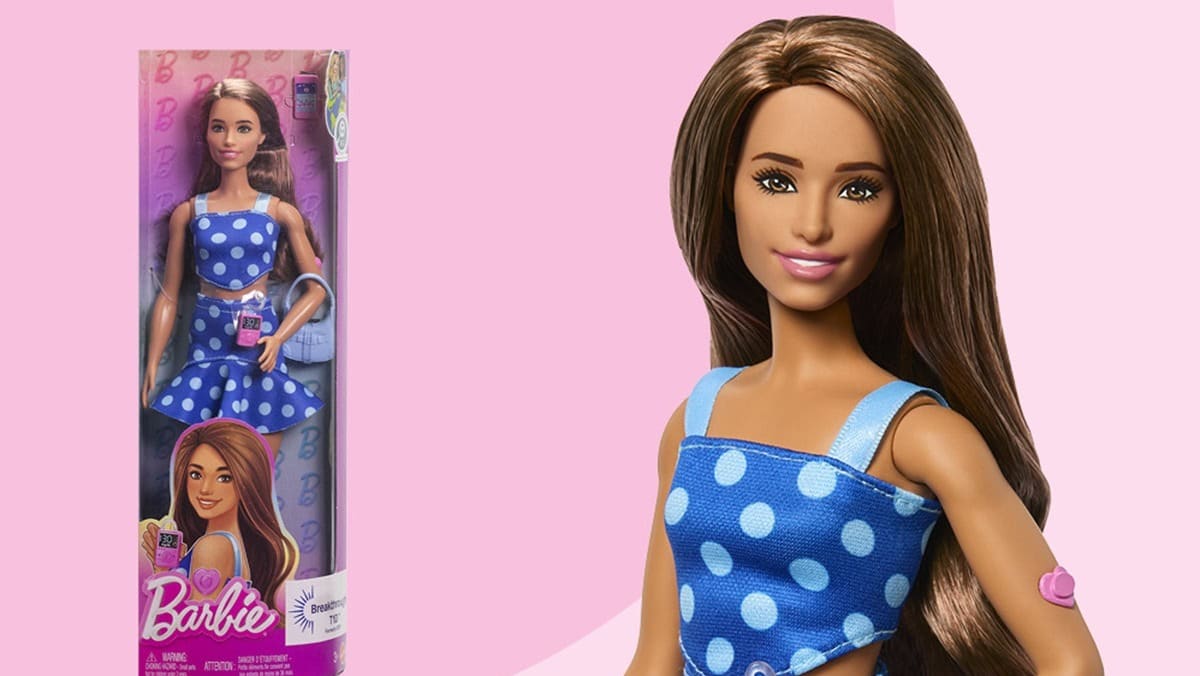Mattel Unveils Its First Barbie Doll Featuring Type 1 Diabetes

Mattel has unveiled a groundbreaking Barbie that symbolizes awareness for those living with Type 1 diabetes. This move is part of the company’s ongoing commitment to diversify its doll offerings.
In a recent announcement on July 8, Mattel revealed its collaboration with Breakthrough T1D—a renowned organization focused on Type 1 diabetes research and advocacy, previously known as JDRF. This partnership aims to ensure the doll’s design accurately reflects the needs and realities faced by the Type 1 diabetes community, including features that highlight essential medical equipment.
Emily Mazreku, director of marketing strategy at Breakthrough T1D, emphasized the importance of visibility for those affected by Type 1 diabetes. As a mother with the condition, she expressed how significant it is to have Barbie help raise awareness about T1D and celebrate the remarkable individuals living with it.
The new Barbie is equipped with a continuous glucose monitor on her arm, which tracks blood sugar levels. She also carries a mobile device showcasing an app related to diabetes management and wears an insulin pump at her waist. Additionally, her blue purse allows for easy storage of necessary supplies or snacks.
The doll’s outfit, adorned with blue polka dots on a matching top and skirt, pays homage to diabetes awareness symbols. By introducing this doll, Mattel aims to help more children see themselves represented in Barbie’s diverse lineup.
This release is part of Mattel’s broader Fashionistas line, which champions inclusivity with dolls showcasing a variety of skin tones, hair colors, and body types, as well as those with disabilities. Notably, the line previously featured a Ken doll with a prosthetic leg and a Barbie who wears hearing aids. In 2023, the brand even released its first doll with Down syndrome.
As reported by the Centers for Disease Control and Prevention, nearly 38.4 million Americans were estimated to have diabetes—including roughly 2 million living with Type 1 diabetes—as of 2021. Among them, approximately 304,000 are children and teens under the age of 20.
The introduction of Barbie with Type 1 diabetes occurred during Breakthrough T1D’s 2025 Children’s Congress in Washington, DC, where the organization is actively advocating for critical funding for federal research. This year, the focus has notably put pressure on the Special Diabetes Program, which is set to expire in September.
What are your thoughts on this inclusive representation in toys?





